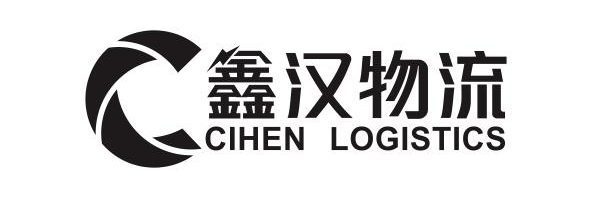The direct cargo flights from mainland China to Europe and America provide new opportunities for dedicated logistics, bypassing agents and directly going to charter cabins, ensuring more efficient routes. The freight charter plan should start from several aspects:One is the source structure of goods. Charter flight transportation is usually charged based on round-trip distance, with a fixed rate for each flying kilometer and an air freight fee of 80% of the listed price. Direct point-to-point flights result in low reverse loading rates and high costs. To cope with the landing of e-commerce platform cargo warehouses in charter cities, it radiates to the whole country for receiving goods, ensuring a stable source of export e-commerce packages; Cross regional coordination and operation of customs, mail transfer and cargo collection. The route can fly in series, transfer and transfer, and strive to share the round-trip cost with imported goods on the return journey, enhancing import connectivity in key cities.international air transportThe second is to apply for government subsidies. Charter flights can keep more trade exports in the local area, include them in trade statistics, and have a flow effect, which can enhance local economic vitality and drive regional economy through charter cities. Airports such as Hangzhou, Nanjing, Chengdu, Wuhan, Xi’an, and Kunming have the ability to accommodate more international flights in terms of hardware facilities and service levels, and have low takeoff and landing costs. Local governments provide various preferential subsidies, such as Zhengzhou actively expanding its global cargo aviation base.The third is the approval of landing and string flight rights. The charterer generally needs to sign a contract with the airline one month before the shipment of goods, so that the airline can arrange transportation and apply for and handle relevant procedures for transit or entry to the airport, customs, border inspection and other government departments. In order to maintain air traffic order and ensure flight safety, the route strictly stipulates the specific direction of flight, stopping points, route width, flight altitude, etc. The flight schedule is limited, and based on the allocation principle of “historical priority” for civil aviation flights, it occupies a good flight schedule and convenient location within the airport.The fourth is operation. Sort out the supporting procedures for ground service operations. Airport inspections also have an impact on boarding and delivery. Flights need to be delivered 6-8 hours in advance, airlines need to seal cabins 2 hours in advance, and live goods need to complete procedures and dangerous goods operation standards in advance; The cost of regular intercontinental freight charter flights is lower than that of temporary charter flights, but the charter fees need to be prepaid to the airline, which puts a lot of financial pressure: establish a wide range of freight forwarding sales networks in advance and match them with a reasonable cargo and mail structure.Usually, charter flight costs include ground service fees such as aircraft transportation and transportation of goods between warehouses and aircraft, loading and unloading, and do not include other expenses such as delivery after pickup, loading and unloading of containers, customs inspections, and taxes; All cargo to be transported must comply with the customs, public security, health quarantine, and other relevant legal regulations for the entry of goods in the country where the charter landed, and bear the corresponding costs incurred.The operation work after chartering has changed from simple guarantee to operational capability. The charter party has the right to sell cabin space and allocate cargo sources, and can sell the entire aircraft’s cabin space to freight forwarders, increase partners, optimize flights, density intervals, prices, and subsidies. Many international flights from mainland airports are sourced from regions such as East and South China and transported by land trucks, which may be slightly slower in terms of delivery time, but still have a significant price advantage. Some charter flights in mainland China have fares more than 30% lower than those at Hong Kong airports, which has also attracted a lot of general cargo inflows.In charter transportation, scientific boxing and technical improvement of loading rate are crucial. Bulk cargo is usually loaded into standardized air freight containers (Unit Load Devices), which are mainly divided into two categories: “aviation containers” and “combinations of pallets and container networks.”. Taking the B747-400F full cargo plane with a load capacity of about 100 tons as an example, it is fully loaded with cross-border e-commerce packages without heavy or flat cargo, and the actual “payload” of light bubble small packages can also be loaded to about 75 tons. Multiplying by the market freight rate, the final profit will not exceed the charter fee, so it is a loss. Therefore, e-commerce aircraft sometimes have to carry some general cargo and add external warehouses through multiple channels to balance costs.
